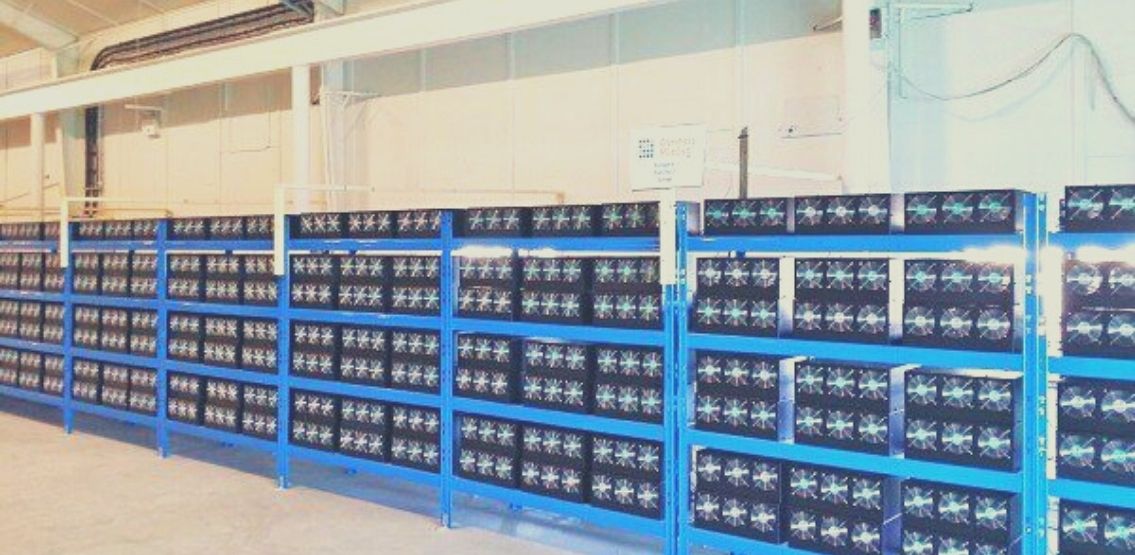The heavy regulations imposed on Sichuan have practically banned mining operations in this region that used to be the hub of Bitcoin mining in China. Because of this, graphics cards, which are a critical component of mining operations, have drastically dropped in price, making them more affordable.
Graphics Cards Demand Drops As China Reels Under Crypto Crackdown
China has been the country with the highest cryptocurrency mining hash rate, which indicates the high number of GPUs and ASICs working away at the blockchain. Following the crackdown in Sichuan, around 90% of China’s crypto miners have been forced to shut shop. Demand for graphics cards has been on the decline ever since, which could indicate a global trend, or that China’s crackdown on crypto is having an effect on the market.
The entry-level graphics card, the Nvidia Quadro P1000 was selling for close to 3000 RMB in early May, before the announcement of strict Bitcoin regulations. The card’s price has now dropped to 2429 RMB, as seen on a JD.com franchise store. Similarly, the more advanced card, the Asus RTX3060 dropped to 4699 RMB from its highest price of 13,499 RMB in May.
GPU Prices Fluctuating From High Demand To Possibly Increasing Supply
This price drop is a complete reversal from the situation in March, when there was a country-wide shortage of graphics cards, leading to an astronomical surge in price. The crypto mining community has contributed to the high demand for graphics cards for a while now. However, China’s strict regulations and the still-recovering Bitcoin price have now reversed that situation. The drastic drop in prices of these graphics cards, both entry-level and the advanced version, could indicate an improvement of supply if miners chose to sell their cards on the second-hand market.
Sichuan Mining Ban Sinks China’s Crypto Operations; Miners Could Dump Equipment
The mining ban in Sichuan was the final nail in the coffin for crypto mining in China. Previously Xinjiang was targeted by financial regulators, followed by the region of Inner Mongolia and Yunnan. The reason assumed for these earlier crackdowns, especially those in Xinjiang and Inner Mongolia, was their high non-sustainable energy consumption rate. Miners and industry leaders were hoping the same would not happen in Sichuan, as the district is hydro-powered with a surplus of energy availability.
According to Shentu Qingchun, CEO of Shenzhen-based blockchain company BankLedger,
“We had hoped that Sichuan would be an exception during the clampdown as there is an electricity glut there in the rainy season. But Chinese regulators are now taking a uniform approach, which would overhaul and rein in the booming Bitcoin mining industry in China.”
With the crackdown not sparing even Sichuan, miners are not too hopeful about the future of their operations in the country. Shentu also added that the price of mining machines could drop in the short term, as many crypto miners would dump the processing equipment.
Disclaimer: This article is provided for informational purposes only. It is not offered or intended to be used as legal, tax, investment, financial, or other advice.
Credit: Source link























